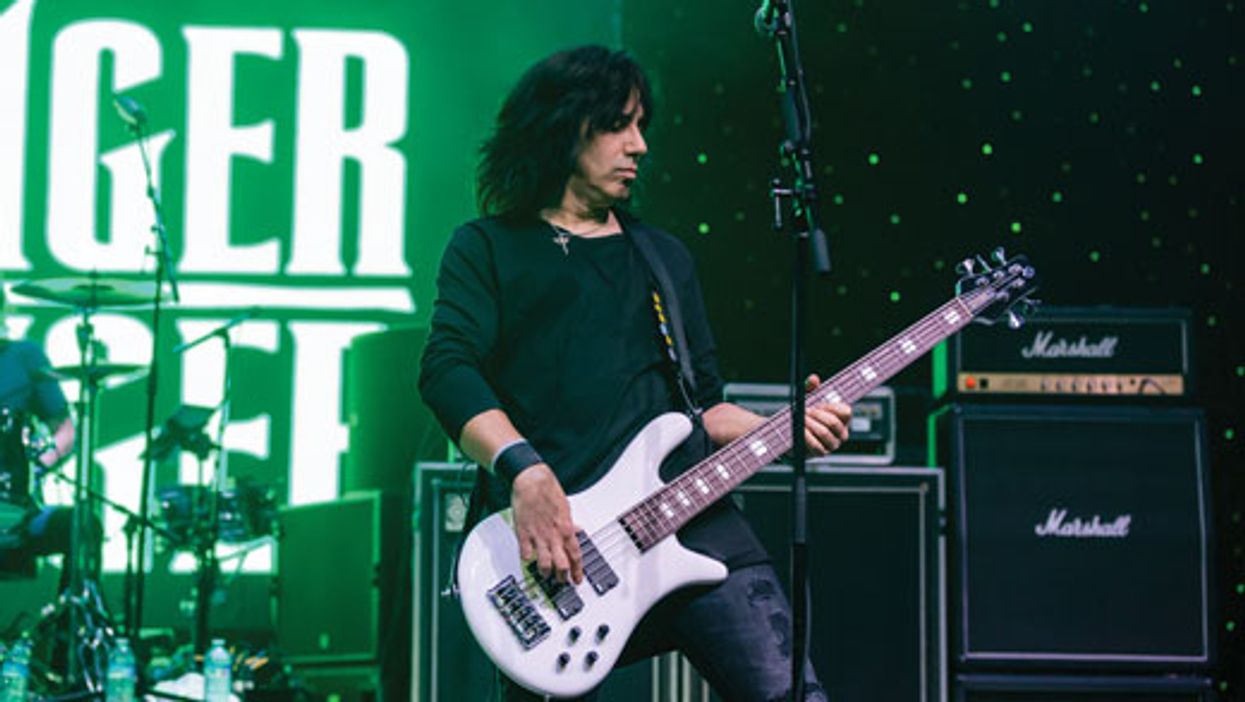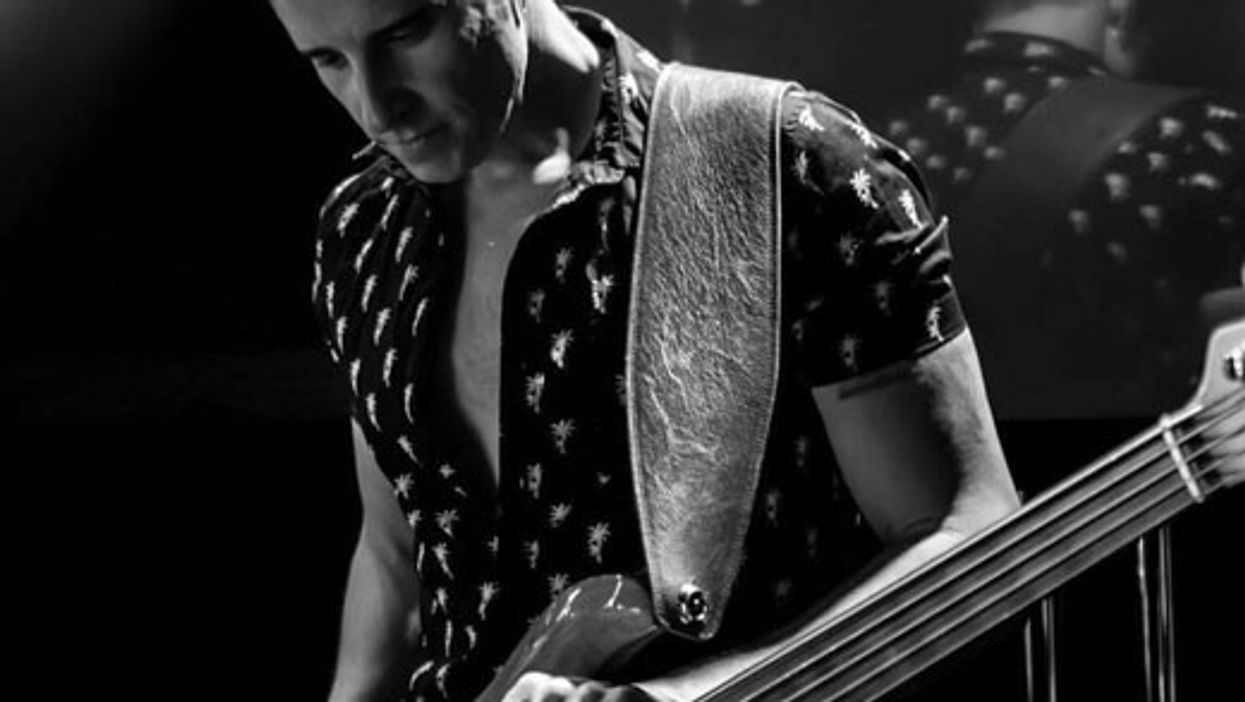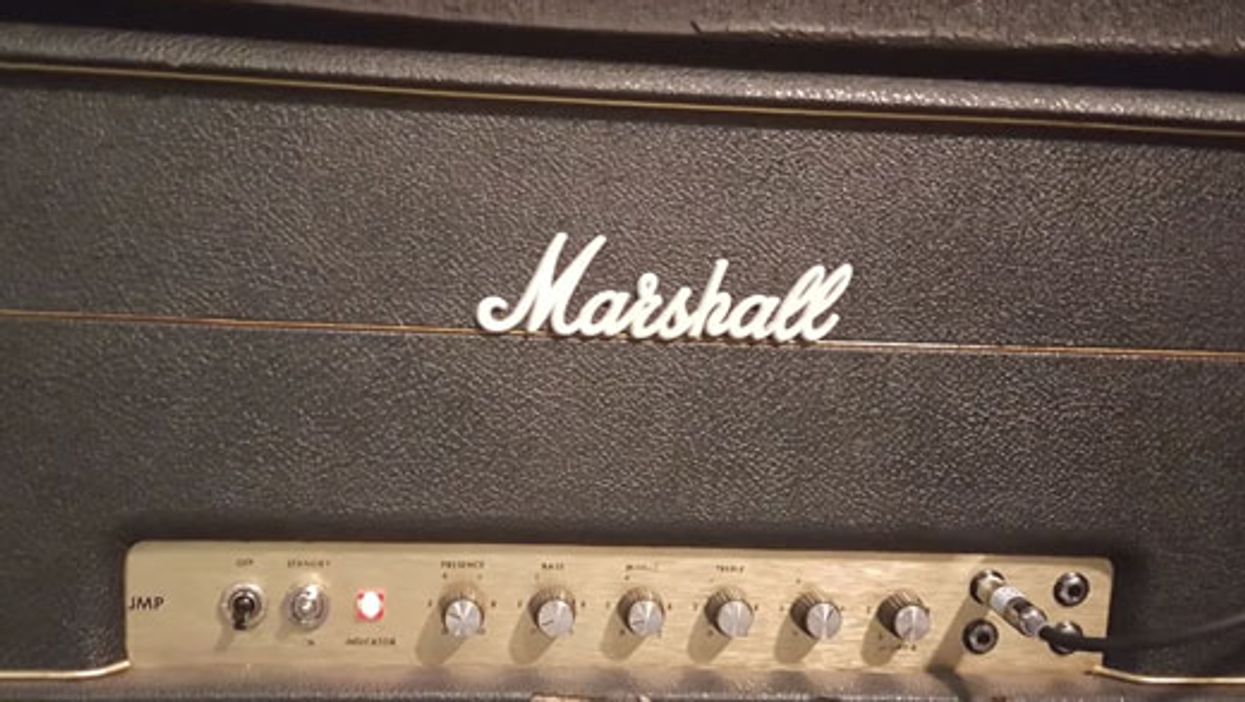The silverface Fender Bassman amp from the 1970s has a great reputation as an affordable, vintage tube rig for guitarists, delivering plenty of volume, great tone, and an excellent chassis, offering easy preamp and tone stack modification. But for bass, it’s always been a big thumbs down.
Most bass players say the Bassman farts out too easily, that it’s weak and thin sounding, and that it can’t be used for a gig of any size. I used to think that, too. A decade ago, a friend brought a Bassman Ten to our small basement rehearsal space. The amp was terrible, meeting all of the stereotypes I’d heard about it: thin tone, easy break-up, and weak volume. It couldn’t even cut a quiet blues practice. Clearly, the Bassman wouldn’t do for gigging.
A Second Chance
Since then, I’ve had a chance to try out a few different Bassman models under the expert guidance of a friend who builds, mods and repairs amps as a hobby. I have a whole different take on the amp now, and think, for the right situations – especially studio work and small gigs – it’s a fine amp for bass and fairly affordable given its vintage status. 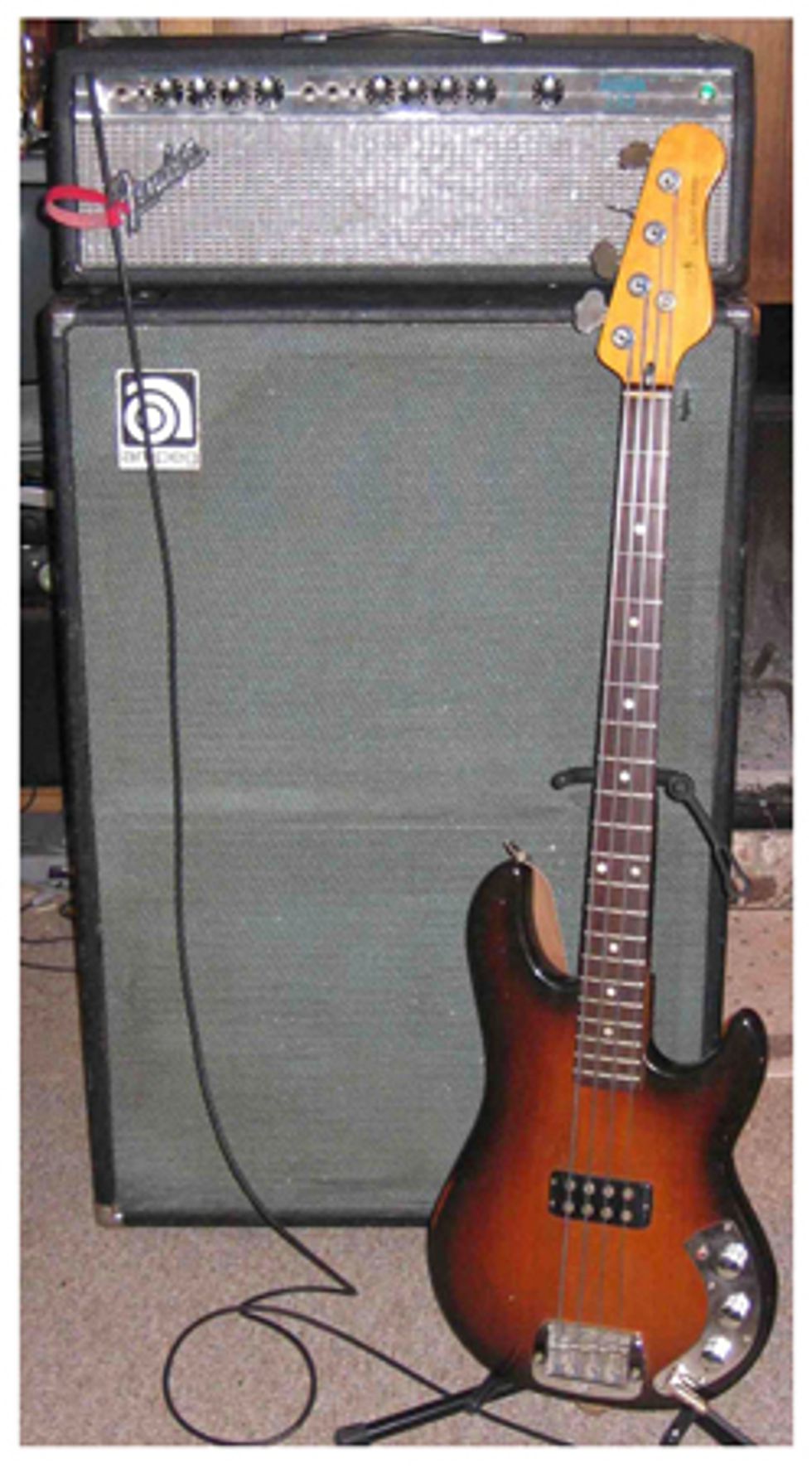
I’ll admit my first try at reconciliation with the Bassman was a flop. I purchased a Bassman 135 off of eBay, an amp that should be at the top of any bass player’s list due to guitarists thinking they’re too clean, featuring four 6L6 power tubes in an ultralinear design that minimizes distortion while beefing up the power to a claimed 135 watts. When the Bassman arrived, I was amazed at its power and tone, but on closer inspection I saw that it had been modified, with the disappointing discovery that the ultralinear transformer – the feature defining the model – had been replaced by a regular one. Sure, the capacitors had been updated, the tone was good, it was loud and okay cosmetically, but it wasn’t what I wanted, and I wasn’t going to get the benefits of the more powerful ultralinear design that I’d been seeking.
Let’s Buy Another One
My second try came in the form of a Bassman 100, again from eBay. This has a bit less power than the first one I’d tried, but it’s easier to mod and repair because of its conventional circuitry, which is essentially the same as a 100 watt Twin Reverb minus the ‘verb. The first thing I learned from this amp was to take eBay descriptions with a grain of salt. The seller said it was in great shape and sounded just like a Bassman should. I think he and I must different ideas about what makes a decent bass amp.
This one had all the problems I’d feared: low power, weedy tone, and it farted-out easily. When I talked with my amp guru friend about it I learned that we had some work to do. The power tubes were worthless, the capacitors were old and leaky, and the preamp tubes weren’t any better, being highly microphonic. There were also bad tube sockets and broken resistors that caused the amp to hum, buzz and cut out. Anybody who played this head for bass would instantly frown and walk away, muttering a grumpy, “That sucked!”
Digging into the amp, I first replaced the electrolytic filter capacitors. I then went into a replacement frenzy, changing out the electrolytic caps on the circuit board, the broken resistors on the power tubes, and the preamp tubes and power tubes with JJs, which are an excellent choice for bass. I then modded the bias circuit to adjust bias level rather than bias balance, allowing you to set how hard you run the tubes. Installing 1 ohm resistors across the power tube ground wires let me set their bias to the recommended 35 milliamps, and I gave it a go. I think the bias level setting is the key for bass applications. Fender designed the bias level too cold, resulting in a weak sounding but very clean amp at lower volume.
My first attempt at using the amp didn’t go well, due to a bad tube socket that allowed a power tube to cut in and out. I replaced the socket and gave it another try. Better! Now I had more power, less distortion, and a thicker tone. Maybe I really was on my way to gigging with a vintage bass rig.
About that time, a friend of a friend discovered a ‘70s era Ampeg bass cab with two 15” speakers sitting in his garage that he wanted to get rid of, and I mean he literally wanted to get rid of it; all I had to do is haul it away and it was mine. It was just the thing for a Bassman 100 because the two 15” speakers can handle a lot of volume and bottom-end. The cab was a bit ratty, with some loose tolex, and it was missing a rubber foot, but both speakers worked. When paired with the Bassman, it sounded big and loud, more so than Fender cabs of that era, which tend to have low power speakers and inadequate volume.
Reality Strikes
I was heading in the right direction tonally with the Bassman 100 and the big Ampeg cab, but then reality set in; I wasn’t going to be able to carry that giant cab into too many of our shows, and without it, the Bassman 100 wasn’t going to be heard. Under the bed went the amp, and out came my classic SWR SM-400 amp and a single 4X10 cab that could cover nearly all my gigs, as well as fit in the car with the rest of my gear. 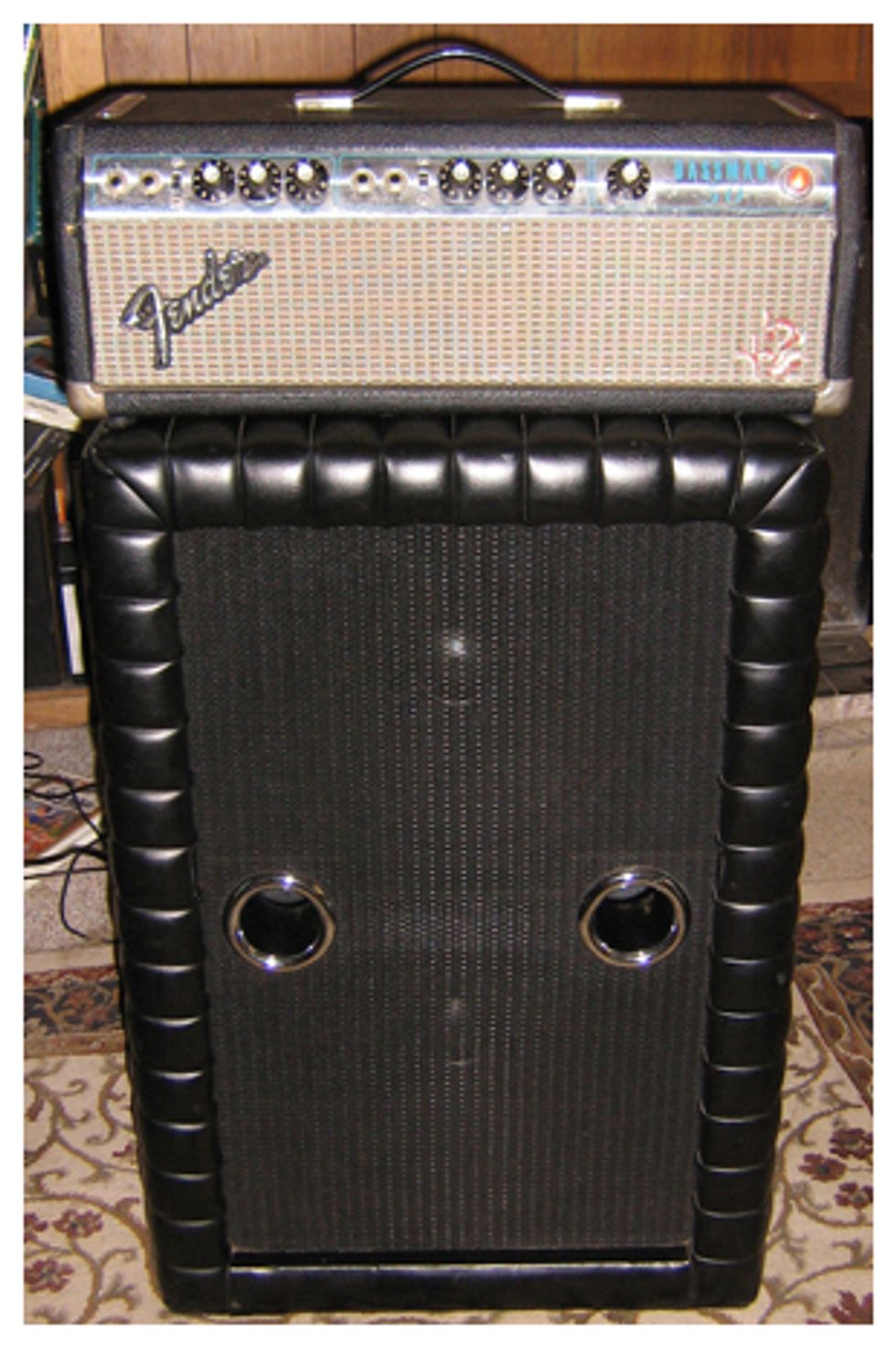
Eventually, since it wasn’t getting any use, I decided to sell the Bassman 100 and was out of the tube game for awhile. But then my friend of a friend who had the big Ampeg cab remembered he had a Bassman 50 head in his garage. He said it didn’t have much power and distorted easily. Does this sound familiar?
The Bassman 50 needed the same TLC as all of the rest. Only one power tube was working, and the electrolytic caps needed to be replaced, due to a lot of popping and hissing. The preamp tubes were crackly and microphonic. Both tube sockets had given up the ghost, so that the tubes fell out on their own. After several hours of diligent work, some caps, some tubes, a couple of sockets, and a bias tweak, I was in business.
But there was a new problem, a thumpy crackle that came up after the amp was warm. It turned out to be a bad phase inverter tube. Once fixed, the Bassman 50 became my basement rehearsal rig for a few months, putting out plenty of tone and volume with my Eden D-115T cab – but a way too much bottom for that little space.
Enough is Enough
I started looking for a smaller, tighter sounding cab, but then my amp guru friend lucked into a Bassman Ten combo amp, although it had only the chassis and cabinet, with no baffleboard for the grill cloth (it even was missing the cool metal Fender logo that mounts on the grill cloth!). These amps were a combo variation on that same Bassman 50, with four 10” speakers in a very shallow cab, ported via five 1” holes drilled into the front. Somebody had kicked in a couple of speakers and cracked some of the wood, making this a project that went beyond electronics. 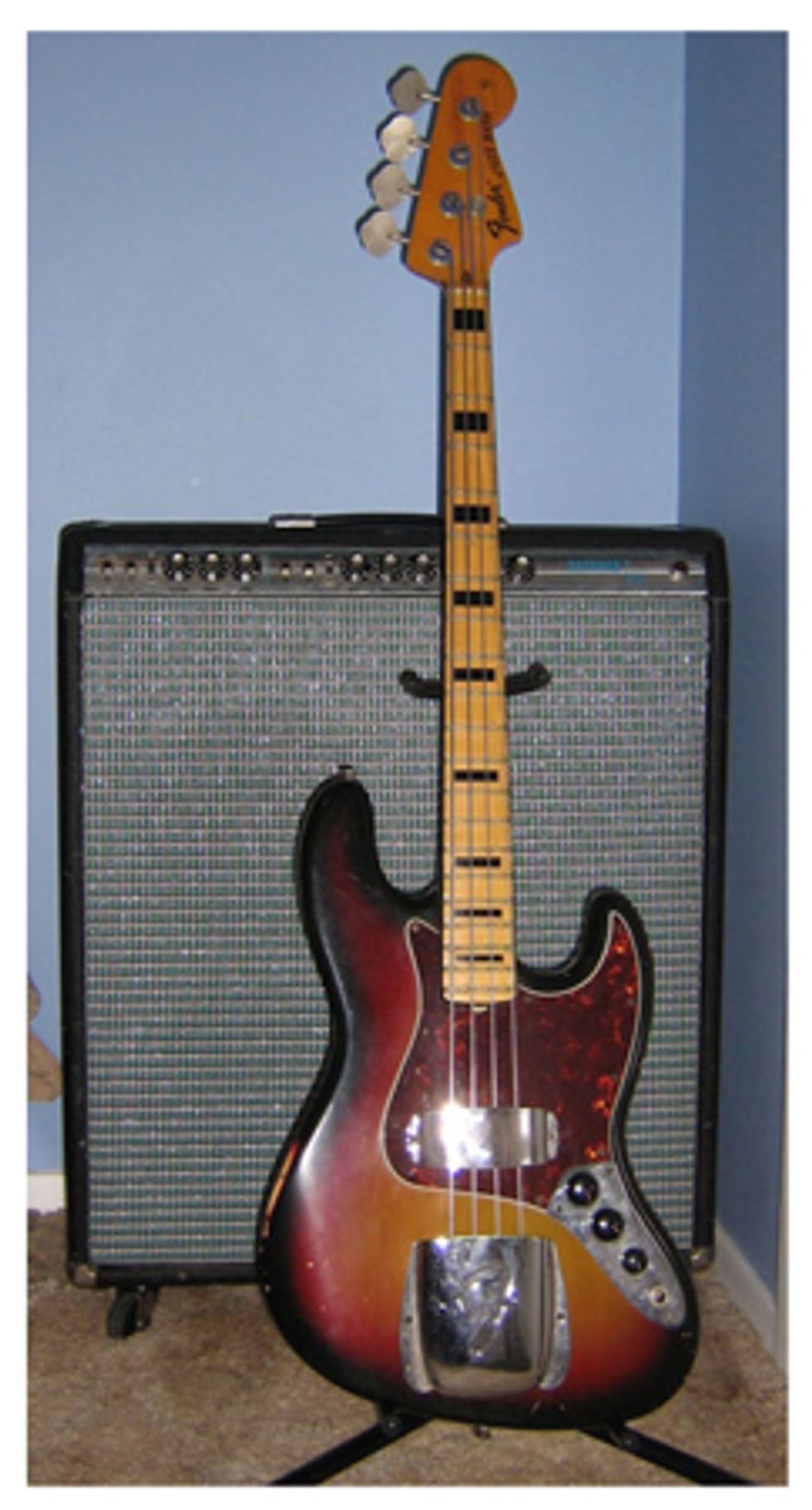
On this amp, a previous owner had already replaced the filter capacitors and the power cord. Somehow, almost every old Fender has had either the ground pin cut off or a replacement plug added. That meant that I’d only have to replace the caps on the circuit board, plug in a set of tubes, adjust the bias, and install the speakers.
This amp turned out to be fairly loud, nothing like the one I’d tried years before. This amp’s B+ voltage was right at 500 volts, which adds a little more clean volume before feedback. A typical Bassman 50, in comparison, runs at between 435 and 465 volts. At a fairly low setting, the Bassman Ten worked well for the small rehearsal room, and it didn’t muddy up the sound at all. I’ve had that amp at our rehearsal space since last winter, and although I usually play a 1981 G&L L-1000, it also sounds great with my ’74 Jazz Bass, too.
Will It Ever End?
Hopefully, this will be just the thing for a classic bass sound for blues and R&B, but I have yet to try it out at rehearsal. On the other hand, the relentless pursuit of tone – at least for us gearheads – is never-ending. Even when we think a piece of gear really finally has it nailed, there’s always that nagging little voice that teases, “I bet there’s something even better!”


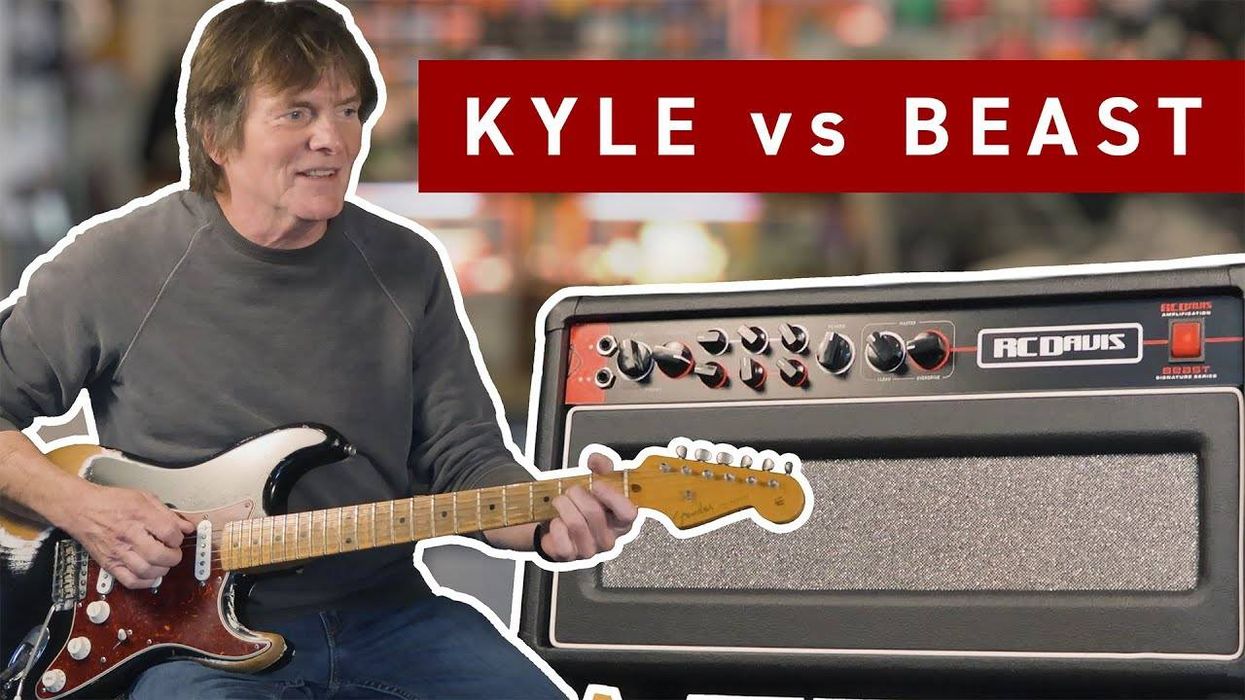



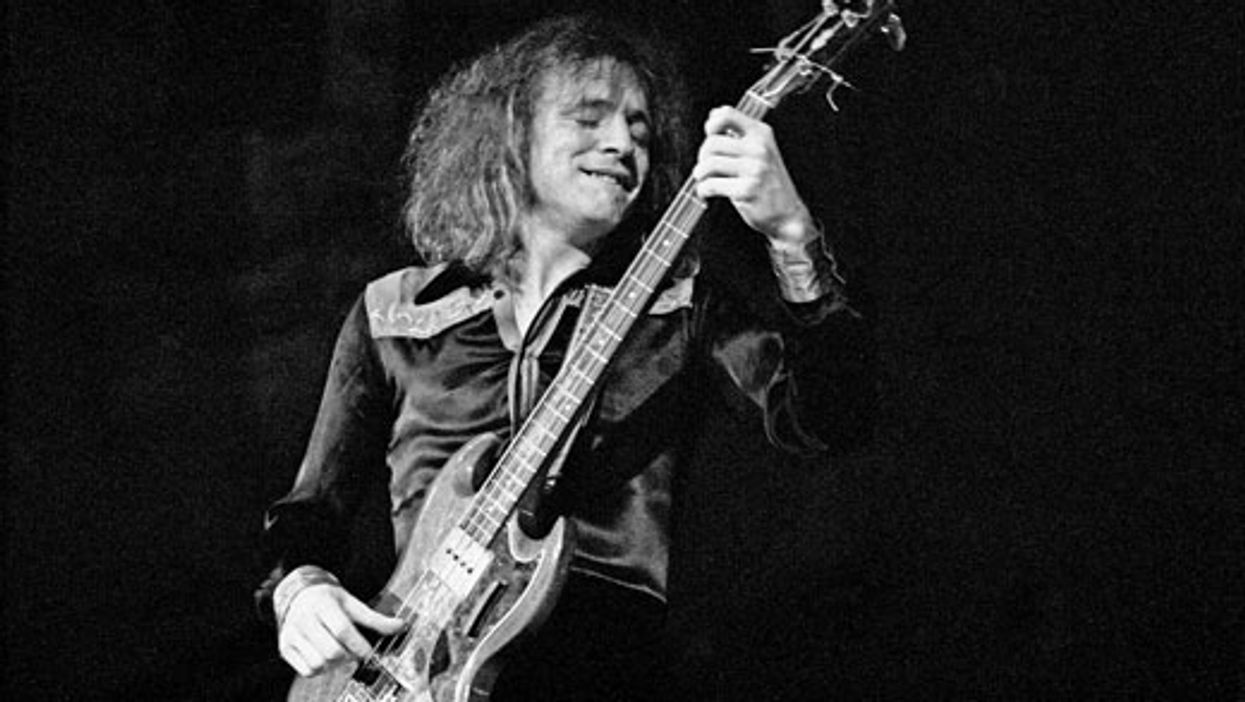



![Rig Rundown: Russian Circles’ Mike Sullivan [2025]](https://www.premierguitar.com/media-library/youtube.jpg?id=62303631&width=1245&height=700&quality=70&coordinates=0%2C0%2C0%2C0)


